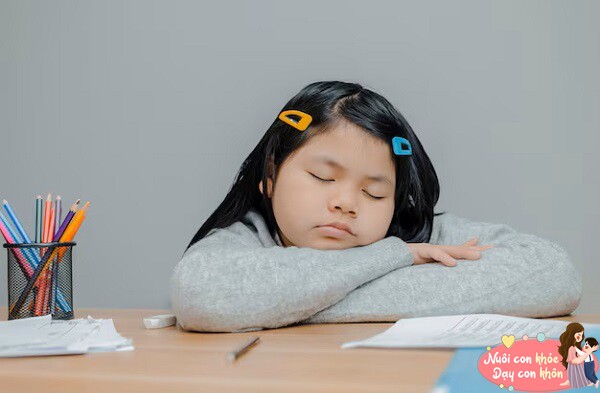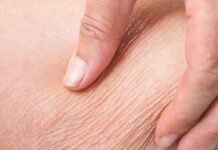The early years of a child’s development are crucial, as it is a time when their physical appearance is often adored for its cuteness, with soft skin, big round eyes, and sweet smiles. However, as children grow and develop, they may encounter various physical changes and issues, such as dental problems or posture-related concerns. So, what are the factors that influence a child’s physical development, and how can we ensure their well-being during this transformative journey?


Prolonged Use of Pacifiers and Bottles
Children who continue using bottles or pacifiers beyond the age of three may encounter several issues related to their oral health and development.
Dental Deformities: Prolonged bottle-feeding can lead to dental deformities such as buck teeth or an overbite. These issues not only impact a child’s appearance but also cause difficulties with eating and speaking. Misaligned teeth can result in chewing problems and affect the child’s speech development.
Risk of Early Tooth Decay: If tooth decay sets in before a child’s first birthday, it can affect the roots of their teeth. By the time they turn seven, these decayed baby teeth can cause problems for their permanent teeth, leading to pain and potentially costly dental treatments. Moreover, tooth decay can negatively impact a child’s overall health, affecting their eating habits and nutrition absorption.

Prolonged bottle-feeding can have negative effects on children’s oral health.

Excessive Screen Time
Children who spend excessive time on mobile devices or watching TV without engaging in outdoor activities are at a higher risk of developing myopia or nearsightedness. When a child is myopic and does not wear corrective lenses, they tend to squint to see clearly. This action not only strains the muscles around the eyes but also reduces the size and brightness of their eyes. Over time, squinting can lead to fatigue, discomfort, and reduced concentration.

Excessive screen time can lead to eye strain and other vision problems.

Ignoring Children’s Posture
Research indicates that the prevalence of scoliosis, or abnormal spine curvature, among primary and secondary school students in China ranges from 1% to 3%. This means that out of every 10 children, one to three may suffer from scoliosis, a concerning statistic given the increasing lack of physical activity among children.
When children sit with improper posture, such as slouching or not leaning back against their chair, it increases the pressure on their spine. This strains the muscles and ligaments, altering the natural structure of the spine and leading to scoliosis. Prolonged sitting in incorrect postures can also cause fatigue and pain, impacting their ability to focus and learn.
Scoliosis can affect a child’s appearance, with uneven shoulders and a distorted body shape. It can also lead to psychological issues, such as low self-esteem and social anxiety. In severe cases, scoliosis may impact a child’s mobility and daily activities, and in some instances, surgical intervention may be required.

Ignoring children’s posture can lead to scoliosis and other health issues.

Excessive Sugar Intake
While sweets and sugary treats are often irresistible to children, excessive sugar consumption can lead to various health issues.
When children eat sugary foods, the bacteria in their mouths convert the sugar into acid, which attacks the enamel of their teeth, leading to tooth decay. This can make eating difficult, causing pain and potentially reducing their food intake. Additionally, excessive sugar intake can contribute to obesity, a growing concern among children. When children consume more calories from sugar than they burn through physical activity, the excess energy is stored as fat, leading to weight gain.
Obesity not only affects a child’s physical appearance but also increases their risk of developing health conditions such as diabetes, cardiovascular disease, and high blood pressure. These issues can persist into adulthood, impacting their overall quality of life.

Irregular Sleep Patterns
Some children prefer staying up late and waking up late the next day. However, this can have detrimental effects on their overall well-being.
Lack of sufficient sleep can lead to fatigue, reduced concentration, and decreased academic performance. It weakens the immune system, making children more susceptible to illnesses and prolonging their recovery time. Additionally, late nights can disrupt hormone levels, impacting their development and emotional balance.

Irregular sleep patterns can disrupt children’s development and emotional balance.
During adolescence, staying up late can also contribute to acne breakouts. Sleep deprivation increases cortisol levels in the body, a hormone that stimulates oil production, leading to more frequent and severe acne. In some cases, acne scars may occur, impacting a child’s appearance and self-esteem. Therefore, it is essential to establish healthy sleep habits and routines for children to ensure their physical and emotional well-being.
By addressing these factors and providing guidance on healthy habits, we can help children maintain their physical appearance and overall health as they grow and develop.


































